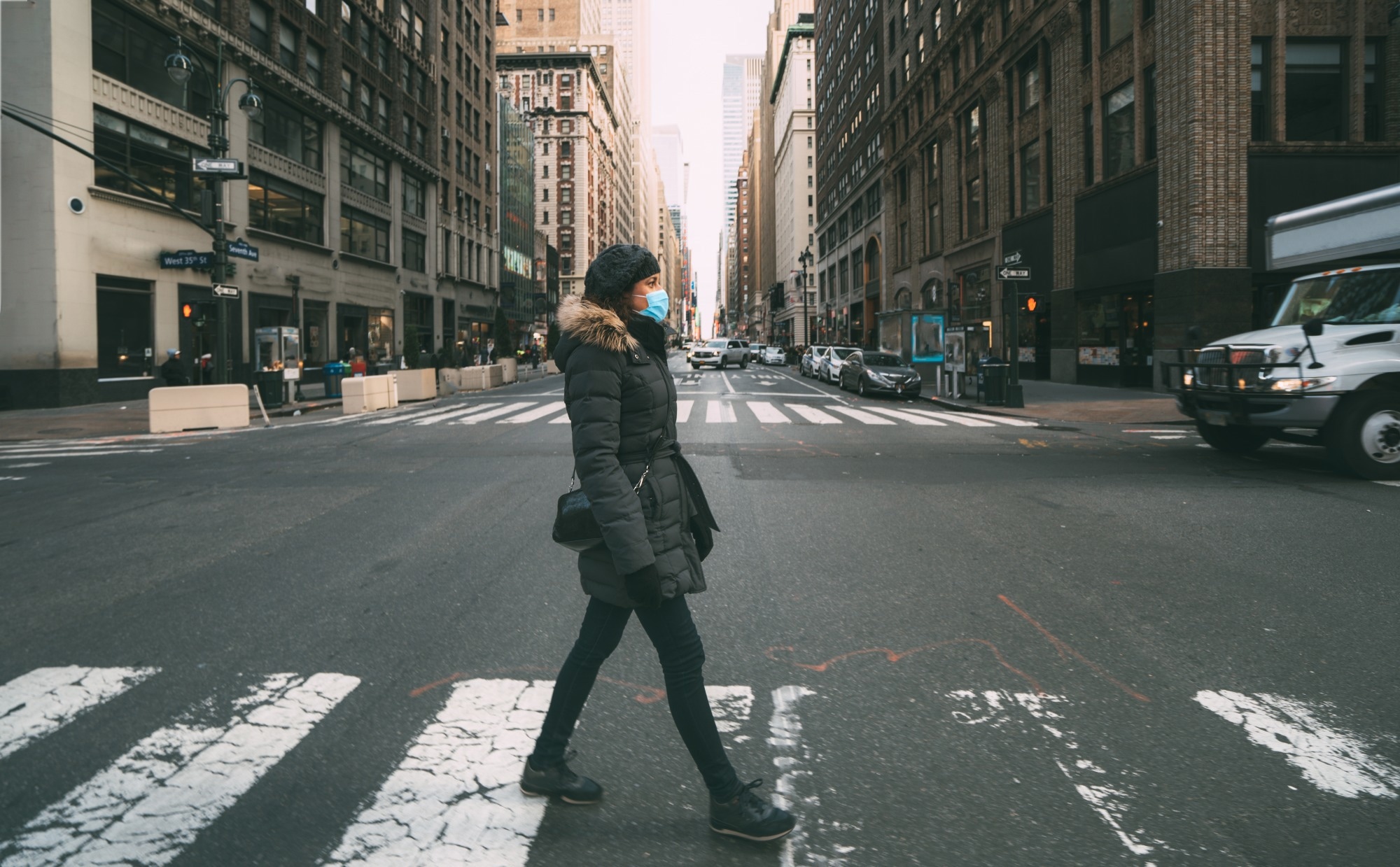A recent study published in JAMA Network Open estimated the return on investment (ROI) of New York City’s coronavirus disease 2019 (COVID-19) vaccination campaign.
 Study: Return on Investment of the COVID-19 Vaccination Campaign in New York City. Image Credit: Ivan Marc/Shutterstock
Study: Return on Investment of the COVID-19 Vaccination Campaign in New York City. Image Credit: Ivan Marc/Shutterstock
The emergence of severe acute respiratory syndrome coronavirus 2 (SARS-CoV-2) led to unprecedented efforts in vaccine development. As a result, two mRNA vaccines (BNT162b2 and mRNA-1273) and one adenovirus-based vaccine (Ad26.COV2.S) were authorized for emergency use in the United States (US) during the first year of the COVID-19 pandemic.
A mass COVID-19 vaccination campaign was launched in New York City (NYC) on December 14, 2020. Approximately 85% of residents in the city received at least one vaccine dose by January 31, 2022. Besides conferring protection against infection and severe COVID-19 outcomes, vaccination has been linked to societal benefits, such as easing social-distancing norms and preventing productivity losses.
A study reported that NYC Vaccine for All Campaign decreased disease burden considerably. This health success required significant financial investment for vaccine acquisition and delivery, vaccination promotion events, and addressing vaccine skepticism. Understanding ROI would offer valuable insights into vaccination campaigns and ending the COVID-19 pandemic.
About the study
In the present study, researchers estimated the ROI of the NYC COVID-19 vaccination campaign through decision-analytic models. Direct and indirect costs related to vaccination and outcomes were integrated into the study design. The NYC Department of Health and Mental Hygiene provided direct vaccination costs as part of the initial investment value.
The team also accounted for indirect costs linked to COVID-19 deaths by computing the potential years of life lost (PYLL) using the value of a statistical life (VSL). Direct health outcomes included costs of outpatient and emergency department (ED) visits, emergency services calls, hospitalization, intensive care, and the VSL lost due to COVID-19-associated death.
Indirect health outcomes were the losses of workdays and production incurred from sickness and adverse reactions to COVID-19 vaccines. The total costs for the final investment value were calculated by calibrating an agent-based simulation model for confirmed and probable COVID-19 cases in the pandemic and a counterfactual scenario without vaccination in NYC, accounting for COVID-19 characteristics and SARS-CoV-2 variant timelines.
The initial investment value included indirect and direct costs of the NYC vaccination campaign. The final investment value was the difference between the total costs of health outcomes in the actual pandemic trajectory with vaccination and those of the scenario without vaccination. The ROI was calculated as [(final investment value – initial investment value)/initial investment value] x 100%.
Findings
The direct costs of investments in the vaccination program in NYC were $2.44 billion, and indirect costs were $2.39 billion. The direct costs of COVID-19 health outcomes were $7.45 billion with vaccination and $33.04 billion in the counterfactual scenario without vaccination. Indirect costs due to the loss of workdays were $1.87 billion.
The authors estimated that vaccination precluded $27.96 billion of additional healthcare costs that would have been incurred without vaccination. The COVID-19 pandemic resulted in 92,280 PYLL in NYC, with a VSL loss of $7.7 billion. The mean PYLL stood at 6.06 per individual. They noted that the total PYLL, without vaccination, would have been significantly more (at 408,707), leading to a VSL loss of $33.93 billion. Vaccination averted 315,724 PYLL and generated net VSL savings of $26.27 billion.
The team estimated an ROI of 1019%, resulting in savings of $10.19 in the costs of health outcomes for every dollar spent towards indirect and direct costs of vaccination. The net savings with COVID-19 vaccination was estimated at $51.77 billion. In addition, the ROI analysis was repeated without VSL, which yielded an ROI of 427%, equivalent to $4.27 of savings in indirect and direct healthcare costs for every dollar spent on vaccination in NYC.
Conclusions
The researchers estimated indirect and direct costs and benefits of the NYC COVID-19 vaccination program in terms of healthcare costs and VSL averted. The findings suggested that investments in COVID-19 vaccination in NYC led to a substantial ROI. Notably, the analysis did not capture the costs pharmacies and other agencies incurred.
Moreover, the counterfactual scenario did not consider the costs that would have been incurred for implementing lockdowns, school closures, and business closures/reduced working capacity. Additionally, the authors assumed no limits to healthcare capacity in the counterfactual scenario, and the healthcare system would have been overwhelmed without vaccination.
Therefore, these limitations likely underestimate the ROI, and the findings may have been conservative about the benefits of the campaign. Overall, the NYC COVID-19 vaccination campaign was associated with less severe outcomes and averted substantial economic losses, providing evidence for continued investments in improving the uptake of COVID-19 vaccines.